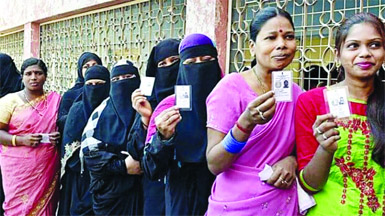
Higher Covid-19 testing rates on residential university and college campuses may be linked to lower case numbers but the relationship is complicated, a new study published Thursday, December 23, in the open-access medical journal JAMA Network Open found.
In the schools studied, researchers found both high and low levels of testing correlated to lowered case numbers, while moderate testing rates produced higher case numbers.
To do this research, study authors examined data from 18 colleges and universities in Connecticut that had students living on campus in the 2020-2021 school year. All schools had some form of Covid-19 testing requirement for residential students, ranging from testing between 5-10% of the population each week to requiring each student living on campus to get tested each week.
The study authors defined low testing as less than 0.5 tests per student per week, moderate testing as between 0.5 and 1.5 tests per student per week, and high testing as more than 1.5 tests per students per week. The researchers found what they described as a “complex” relationship between testing rates and case rates on campus.Schools with low testing numbers also saw low case rates, which the researchers said meant schools likely detected fewer asymptomatic infections which may have fueled asymptomatic spread but kept case numbers low. Schools with higher testing also saw low case rates. The study authors said those schools likely caught the most cases and students were quickly isolated, which lowered case rates.
Schools with “moderate” testing rates saw the highest student case counts.
“Moderate testing rates are sufficiently frequent to detect many prevalent infections but not frequent enough to stop most forward transmission and outbreaks,” the study authors wrote.
“Institutions that tested students infrequently detected few cases but failed to blunt transmission, whereas institutions that tested students more frequently detected more cases and prevented further spread,” the authors wrote.
“In fall 2020, each additional test per student per week was associated with a decrease of 0.0014 cases per student per week,” they added.
The researchers tracked contact between students using mobile device proximity data.
The authors also found a connection between higher student case rates and higher case rates in the surrounding community.
“However, it is not possible to determine whether on-campus infections were transmitted to the broader community or vice versa,” they wrote.
More on the study: Researchers noted several limitations to the study including that they used diagnosed Covid-19 cases, so “cases may be a poor proxy for infections in institutions where testing rates were low or where asymptomatic testing was infrequent.”
Another limitation was the introduction of vaccines.
“Connecticut residents 16 years or older became eligible for vaccination on April 1, 2021, but we do not have information on vaccination rates on Connecticut campuses. It is likely that rising vaccination rates on campus mitigated transmission during the remaining weeks of spring 2021,” the authors said.
(Source: CNN)





Be the first to comment